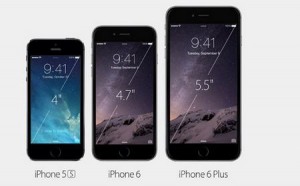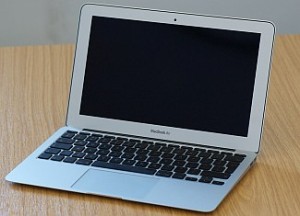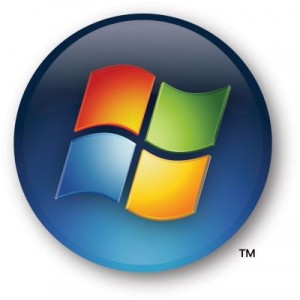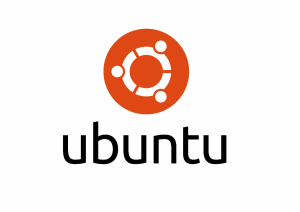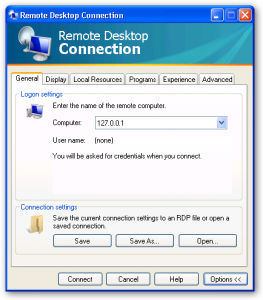If you’re interested in any eBook reading device and the role it can play in your life, then you might also be interested in the way in which both the reader – and the eBooks they are designed to display – have evolved over time.
eBook Reading Device History
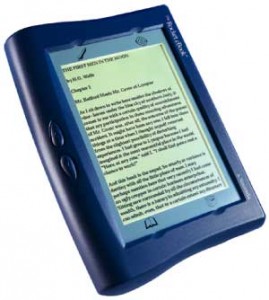
The Book’s Journey Into the Digital World – Books themselves are nothing new, with origins centuries back. However, they were something that most people did not have access to until the development of the printing press by Johannes Gutenberg in the 15th century. Since then publishing has gone from strength to strength, and the book made its first appearance in the digital world in 1971, with a digital version of the Declaration of Independence: Project Gutenberg was launched (which now houses many free books available to download right to your reader!)
The First Readers Available on the Market – As the popularity of the eBook started to grow, the first eBook reading device was developed in 1998, and websites first begun selling popular books in eBook format. Though the popularity of downloading and sharing eBooks on the internet caught on, the eBook reader itself wasn’t so quick to follow suit, until recently.
At left is the Rocket eBook this was the first dedicated ebook reader when released in 1998.
The Evolution of Today’s eReader – When it comes to the modern form of the eBook reading device, Sony led the way with its first release in 2006 – being the first to make use of e-Ink technology. It was 2007 when Amazon launched its Kindle in the US, and popularity of the device began to grow at a rapid speed.
Modern eBook readers make use of technology similar to that employed within a computer, with the main difference being the e-Ink screen: designed for the most pleasant reading experience possible. These screens mean that we don’t experience glare as we would with a traditional computer screen or other handheld device.
The Future of the eBook Reading Device
Readers continue to evolve, bringing bigger and better features to book lovers. These features include larger screens, as seen in the Kindle DX, and will also, in future, involve color screens and perhaps a larger amount of applications and software added onto the main function of reading eBooks.
eBook readers have received some criticism from those who are worried that the book will lose its purpose. However, the popularity of the eBook reading device shows no signs of slowing down, prompting major manufacturers to get in on the act and release their own models.
